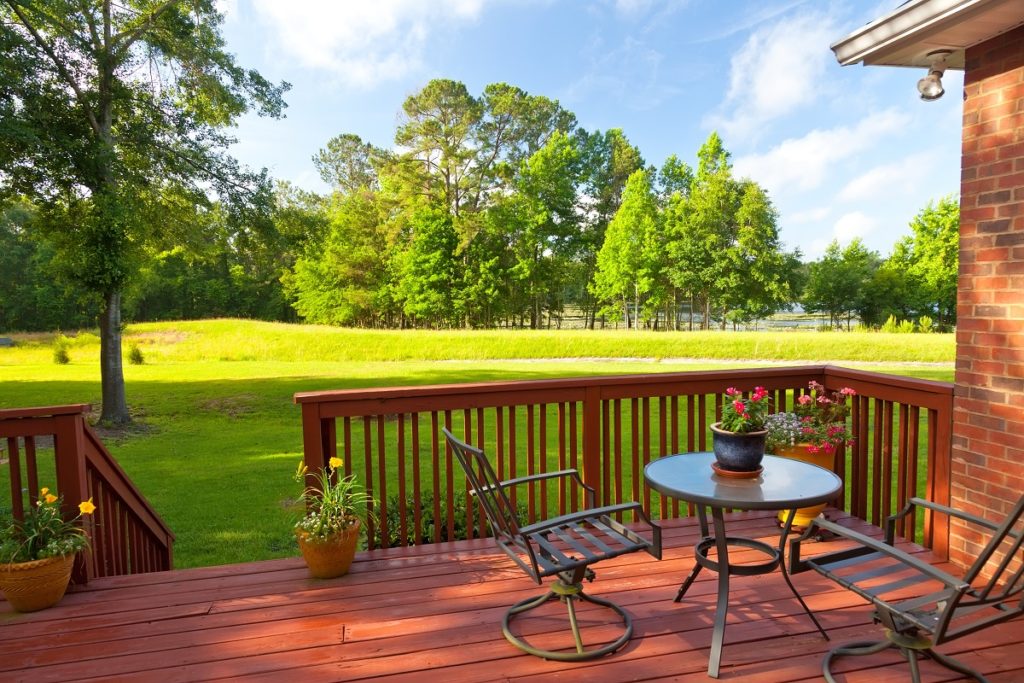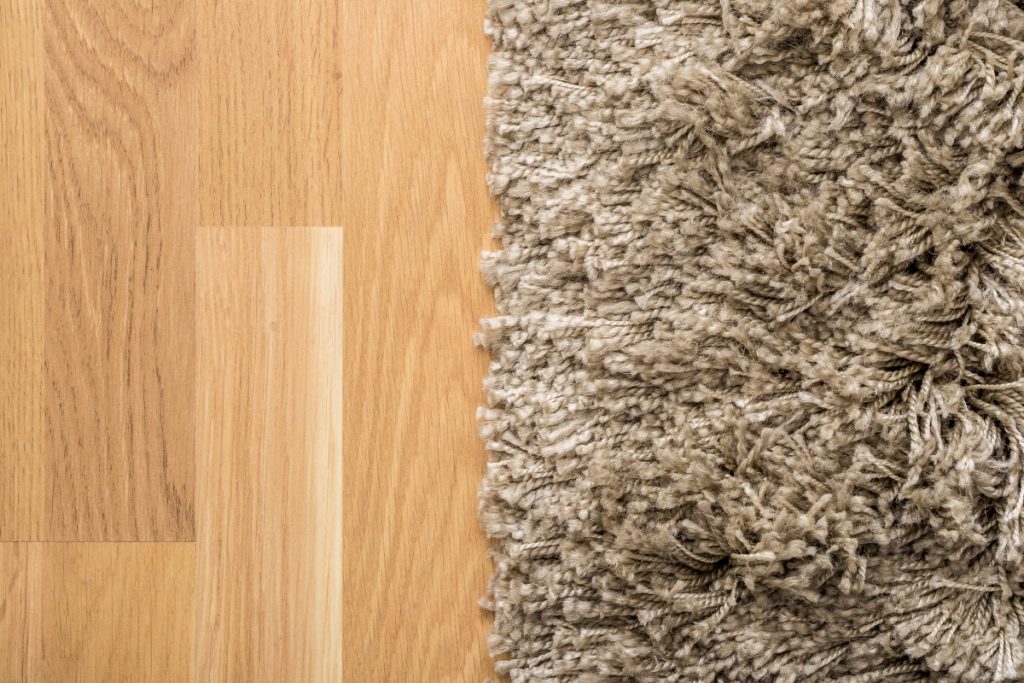- Proper insulation and natural lighting in homes increase energy efficiency and reduce carbon footprint.
- Integrating renewable energy sources and water-saving features significantly lowers utility costs.
- Eco-friendly building materials are key for sustainable construction, benefiting health and the environment.
- A sustainable home is an investment in a healthier living environment and the future of our planet.
As a homeowner, it’s understandable that you want to create a comfortable living space for your family while being mindful of our planet’s limited resources. One way to achieve this is by building or renovating a sustainable home.
However, not all sustainable homes are created equal, and it’s crucial to include the right elements to ensure maximum comfort and efficiency. This blog will highlight essential elements that should be present in the perfect sustainable home.
Insulation
The first element of a perfect sustainable home is proper insulation. Insulation is crucial in ensuring that your home stays warmer in winter and cooler in summer. Insulation materials such as wool, cellulose, and foam help trap air and prevent heat from escaping, reducing your home’s energy consumption and, thus, your carbon footprint.
With the proper insulation, you’re also likely to spend less on electricity bills, which is a win-win situation for both you and the environment. Just make sure you employ the help of a professional home insulation service provider to install your insulation properly. They will be able to recommend the right type of insulation for your home based on its size, climate, and other factors. They will also be able to install insulation in the most suitable areas of your home.
Natural Lighting

Another essential element of a perfect sustainable home is ample natural lighting. Not only does natural light make your home feel cozier and brighter, but it also reduces your reliance on electric lighting during the day.
Large windows, skylights, and glass doors are great ways to maximize natural lighting and make your living space more energy-efficient. Natural light also has positive effects on your health, boosting your mood, productivity, and overall well-being.
Renewable Energy Sources
One of the most significant ways to create a sustainable home is by integrating renewable energy sources such as solar panels, wind turbines, or geothermal energy systems. These energy sources are non-polluting, inexhaustible, and free, and they can significantly reduce your home’s carbon footprint and electricity bill. While the initial cost of installing one can be high, it will pay off in the long run, making it an excellent investment for the future.
Water Saving Features
Water is a precious resource that is essential for life, and it’s imperative to conserve it for future generations. Installing water-saving features such as low-flow toilets, faucets, and showerheads can significantly reduce your household’s water consumption, thus reducing your monthly water bills and conserving water. You can also consider collecting rainwater for irrigating your garden, washing your car, and other non-drinking purposes.
Eco-Friendly Materials
Finally, the perfect sustainable home should be constructed using eco-friendly materials that are non-toxic, durable, and renewable. Avoid materials that contain harmful chemicals such as formaldehyde, asbestos, and VOCs, as they can negatively affect your health and the environment. Instead, choose materials such as the following four:
Reclaimed wood

Reclaimed wood is an excellent alternative to new wood, as it’s sourced from old buildings and furniture that have been deconstructed. It is not only durable but also prevents the destruction of forests and reduces energy consumption related to harvesting and manufacturing new timber.
Bamboo
Bamboo is a fast-growing material that absorbs more carbon than other materials, such as plastic or steel. This makes it an excellent choice for sustainable flooring or furniture.
Wool
Wool is a natural and renewable material that is widely used for insulation due to its breathability and thermal properties. It has excellent soundproofing properties and is flame-resistant, making it a safe and healthy option for your home.
Cork
Cork is a lightweight and durable material that can be used for insulation, flooring, and furniture. It has natural antibacterial and antifungal properties, making it an ideal choice for sustainable construction.
These materials are not only eco-friendly but also affordable and easy to maintain, making them perfect for creating a comfortable and sustainable home.
Creating a sustainable home involves more than just design; it’s about integrating a combination of elements that conserve resources while providing comfort. Incorporating proper insulation, maximizing natural lighting, utilizing renewable energy sources, installing water-saving features, and using eco-friendly materials are all critical parts of the sustainable home blueprint.
These elements not only make your home environmentally friendly, but they also result in cost savings and an overall healthier living environment. Remember, building a sustainable home is not just an investment in your future but also an investment in the future of the planet.


